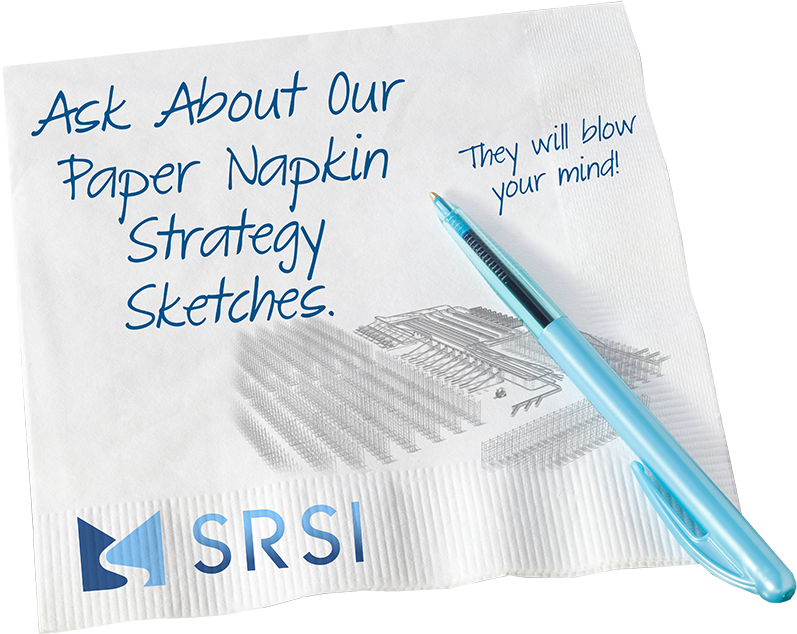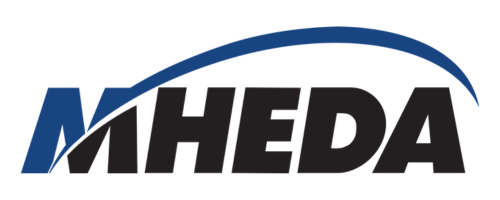SCR: (Specification Change Request) Changes to an originally accepted Functional Design Document are instituted through an SCR form which must be approved by the customer. (Specification Change Request) Changes to an originally accepted Functional Design Document are instituted through an SCR form which must be approved by the customer. (Specification Change Request) Changes to an originally accepted Functional Design Document are instituted through an SCR form which must be approved by the customer.
SKU: (Stock Keeping Unit). Represents one unique inventory item. Example: one style of shirt, in six colors and five collar sizes, would be 30 different SKU.
SMP: (Symmetric Multiprocessing) Assumes that all processors are equally capable of servicing the operating system. Individual threads of a particular process can run on the first available processor. The processing load is balanced among processors, so that some CPUs are not overutilized while others sit idle.
SNMP: (Simple Network Management Protocol). Allows a TCP/IP host running an SNMP application to query other nodes for network-related statistics and error conditions. The other hosts, which provide SNMP agents, respond to these queries and allow a single host to gather network statistics from many other network nodes.
SOW: (Statement of Work) The work to be provided by ASAP Automation as described in its proposal and Functional Specifications Document.
SQL: (Structured Query Language) A query language developed by IBM that relies on simple English-language statements to perform database queries. SQL allows databases from different manufacturers and on different types of computers to be queried using a standard syntax.
Safety Stock: Quantity of an inventory item carried in stores or stock as a hedge against stockout resulting from above average or unexpected demand during procurement lead time – (synonyms – minimum or protective inventory, buffer inventory, cushion, or reserve.
Seasonal: Daily, weekly, or monthly sales data showing a more or less repetitive pattern.
Seasonality: Storage and shipment of material from a warehouse caused by seasonal surges in customer demands.
Secondary Location: Back-up or reserve storage, or secondary location for order selection.
Security/Fault Tolerance: A server equipped with redundant components and basic security features thus providing strong insurance against casual tempering, corrupted data, and hardware failure.
Selective Rack(s): Commonly referred to as pallet racks running parallel to the aisle each consisting of a pair of horizontal beams on which pallets may be placed one deep. These beams are connected to the front and rear columns of a vertical truss. Every pallet face is exposed to the aisle providing 100% selectivity.
Selectivity: Ease of accessibility of merchandise. The number of “facings” or immediately accessible storage slots. Selectivity is sometimes expressed as the percentage of the total storage slots which are immediately accessible.
Serpentine Pick: A travel path used by an order selector that takes him past every picking slot in the warehouse, to fill one order.
Server: A computer and/or program that accepts, controls and executes requests for processing or data access from other computers and/or client programs in a network. It performs such services as resource allocation and sharing, file printing, and file downloading.
Session: A connection to a network service.
Shelf: A horizontal supporting surface above floor level within a rack or storage section.
Shelving: Shelving is used for economical storage of small hand stackable items which are not suited to mechanized handling and storage due to their handling characteristics, activity, or quantity.
Shipping: (1) Actions necessary to deliver material to a carrier for movement to a consignee. (2) The function of recording, reporting, and sending merchandise to a consumer.
Shipping Area: An area used to assemble and prepare material for loading in a truck, railcar, etc..
Shipping Dock: An area reserved for the loading of delivery vehicles.
Shrinkage: An inventory adjustment because of pilferage over or under shipment, or receiving errors.
Simulation: The process of “test-driving” a system and warehouse prior to installation. This is normally done on a computer, using a mathematical model of an existing or planned operation.
Single Deep Storage: Loads stored one deep on each side of the aisle.
Slot: A location in the warehouse with a specific address.
Slotting: A numbering technique used to provide an “address” or location for all products in the warehouse.
Software Problem: Defective software distribution media, and/or software function which is not in conformance with the user manual or other documentation provided with the supported software.
Software Escrow: An arrangement in which ASAP places a copy of the source code and other materials needed for the ongoing maintenance of the product with a third party “technology asset manager”.
Sorting Conveyor: A conveyor which receives mixed unit loads and discharges them to segregated spaces or conveyors in response to an automatic dispatch control.
Source Code: Programs in an uncompiled or unassembled form.
Staging Areas: Areas between different warehouse operations where goods are temporarily stored awaiting processing by the next operation.
Start/Stop Character or Pattern: A special bar code character that provides the scanner with start and stop reading instructions as well as scanning direction indicator. The start character is normally at the left-hand end of a horizontally oriented symbol. The stop character is normally at the right-hand end of a horizontally oriented symbol.
Stocking: Placing merchandise into storage and/or picking slots (synonyms – putaway, replenishment).
Straddle Truck: Fork lift truck with front-mounted outriggers which straddles the load being handled. Also a large material handling vehicle which straddles the load and lifts it from above.
SwiftCurrent WCS: SwiftCurrent is built on a powerful 5G cloud-based platform yet it is scalable, and flexible enough for any high-throughput operation. Using smart-application technology, and real-time analytics, SwiftCurrent assesses orders, inventory, labor and material handling systems to effectively execute order fulfillment.
Switch: Multiport Ethernet device designed to increase network performance by allowing only essential traffic on the attached individual Ethernet segments. Packets are filtered or forwarded based upon their source and destination addresses.
Symbol: A combination of bar code characters including start/stop characters, quiet zones, data characters, and check characters required by a particular symbology, that forms a complete, scannable entity.
Symbol Length: The distance between the outside edges of the quiet zone on the two ends of a bar code symbol.
System Acceptance: The earlier of: (i) the date on which the System Demonstration has been satisfactorily completed; or (ii) 30 days from the date on which the End-User has placed the System in Beneficial Use, including but not limited to using the System for production purposes.
System Configuration: An iterative design process consisting of the evaluation of the factors affecting products and production tasks, selection of a design concept based on these factors, and evaluation of the performance of the selected concept. Following the results of the evaluation, a system can be refined and reevaluated, or discarded.
System Demonstration: The process of demonstrating to the End-User that the System meets the requirements of the Functional Specifications Document through the execution of the Acceptance Test Elements leading to System Acceptance. The date of completion of System Demonstration, if it occurs prior to the use of the System by the End-User, constitutes the date at which the System is tendered for Beneficial Use. Under mutually agreed conditions by ASAP Automation and the End-User, the End-User may also place the System in use and reach Beneficial Use prior to System Demonstration.
Systems Integrator: A vendor or consultant hired to provide or sub-contract for all equipment/hardware and software needed for an installation. The authorized representatives of ASAP Automation responsible for integrating the ASAP software into a system solution.
System Readiness: The date upon which, for the first time, the System meets the requirements of the SOW. At completion of System Readiness, ASAP Automation shall submit to the End-User a written Notification of System Readiness. Such notification initiates immediate availability for Beneficial Use and System Demonstration within one (1) week.
 Skip to main content
Skip to main content



